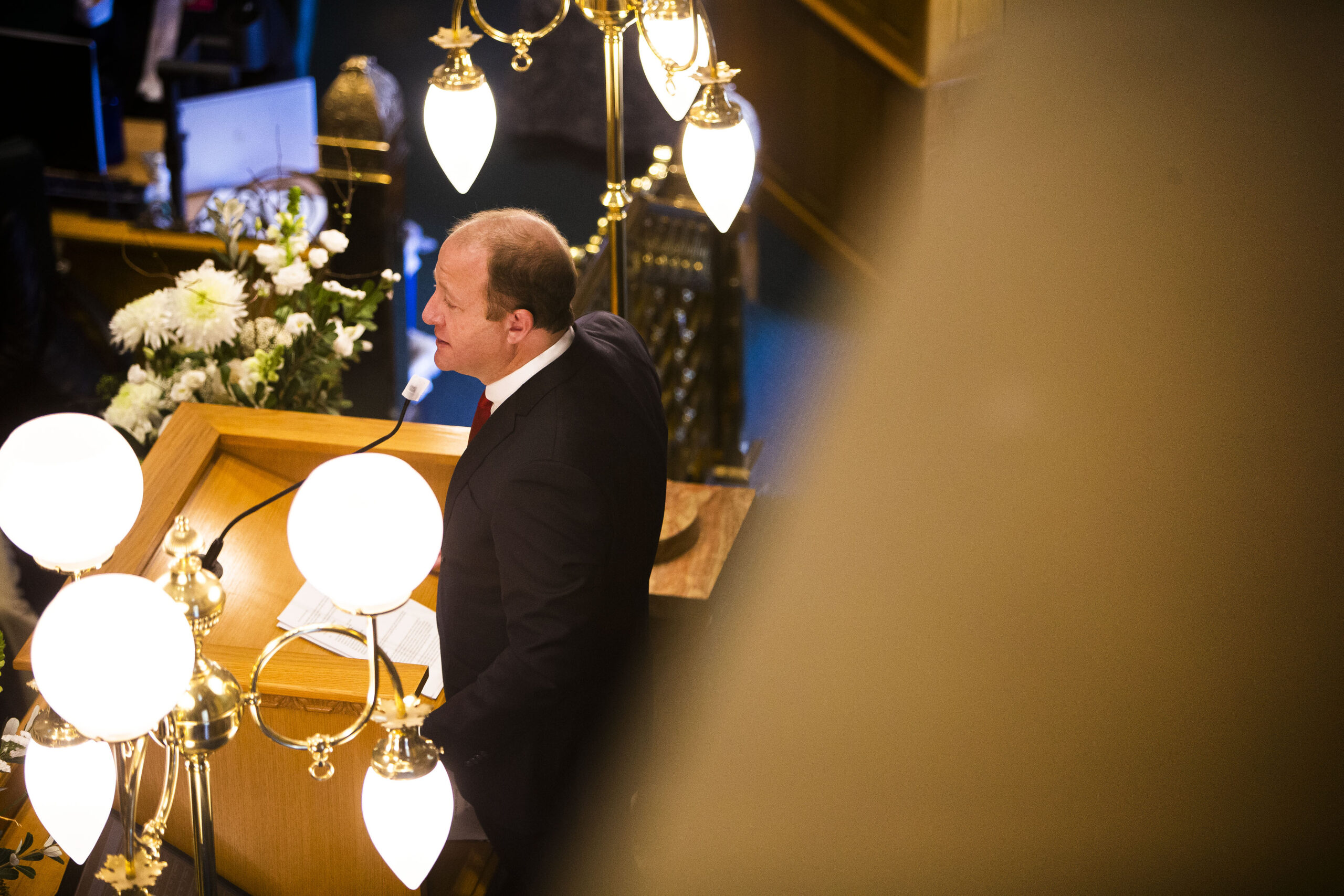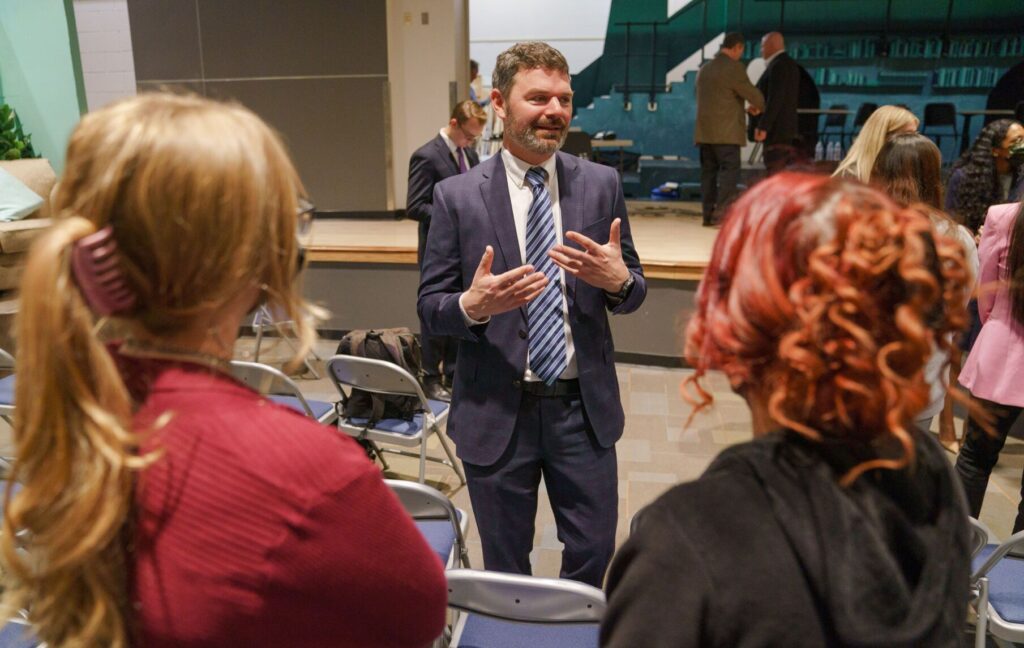Polis signs $36.4 billion budget – the largest in Colorado history

Gov. Jared Polis on Monday signed a $36.4 billion spending plan – the biggest so far in Colorado’s history – that funds the state’s priorities in the upcoming fiscal year.
All told, the budget for fiscal year 2022-2023 allocates roughly $2.5 billion more compared to current allocations. Counting general fund money alone, the budget includes major increases in several areas, notably health care and public safety.
“Colorado’s thriving economy is the reason we were able to put away record reserves for a rainy day, and make record investments in education to reduce class size and improve teacher pay,” Polis said in a statement. “We are bringing real relief to Coloradans with this bipartisan balanced budget, and ensuring we have a cleaner, healthier and safer Colorado for years to come.”
Rep. Julie McCluskie, D-Dillon, who chairs the Joint Budget Committee, noted in the same news release that the budget spends more on K-12 and higher education. The spending plan, for example, increases the per pupil funding by $511 and an additional $12,000-$13,000 per classroom. Policymakers said that would translate to increased teacher pay, smaller class sizes and additional staff support for mental health programs.
“I’m proud that we are boosting funding for our public colleges and universities, which will save students money on higher education. With our economy growing and unemployment levels at the lowest they’ve been since the start of the pandemic, this budget directs significant savings to businesses, families, and hardworking Coloradans, improves our air quality and invests in our kids’ future to move Colorado forward,” she said.
Fellow JBC member Sen. Chris Hansen, D-Denver, said the spending plan strikes a balance between meeting Colorado’s pressing needs and putting the state in a financially secure position in the coming years.
The budget that landed on Polis’s desk hews closely to the original plan that the Joint Budget Committee unveiled weeks ago. That plan underwent several iterations, with both the House and the Senate taking out and adding dollars and programs. The House’s version of House Bill 1329 added 12 amendments, which increased appropriations by $63.2 million, of which $8.7 million came from the general fund.
When the bill and its accompanying budget-balancing measures reached the Senate, that chamber kept 11 of the 12 amendments, and then added 10 more. The Senate’s additions increased appropriations by $731 million, which included $522.5 million in general fund dollars and $152 million in cash funds for capital construction, according to a budget document.
Notably, the Senate added $503 million to the Department of Education’s budget, with half of the money paying for teacher pay increases and the other half devoted to paying down the state’s debt to K-12 education, known as the budget stabilization factor.
The Joint Budget Committee, which met to reconcile the competing the two chambers’ versions, reversed that change, a decision that the House and Senate ultimately agreed to.
Minority Leader Rep. Hugh McKean, R-Loveland, decried that decision, arguing that changes the two chambers made should have stayed as they reflect the people’s priorities.
“We spoke as a body!” he complained.














